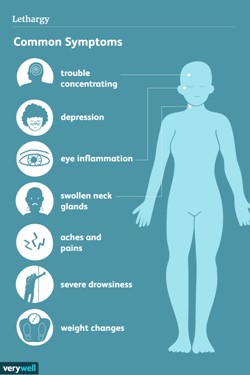A nurse is reinforcing teaching with a client who has a knee injury. When describing range-of-motion exercises, the nurse should explain that the knee is which of the following types of joints?
Pivot
Hinge
Ball and socket
Gliding
The Correct Answer is B
The knee is a hinge type of joint. When describing range-of-motion exercises, the nurse should explain that the knee is a hinge joint. A hinge joint is a type of synovial joint that mainly allows for flexion and extension (and a small degree of medial and lateral rotation)¹. The knee joint is formed by articulations between the patella, femur, and tibia.
a. The knee is not a pivot joint.
c. The knee is not a ball and socket joint.
d. The knee is not a gliding joint.
Nursing Test Bank
Naxlex Comprehensive Predictor Exams
Related Questions
Correct Answer is C
Explanation
When contributing to the plan of care for a client to achieve the outcome of functional healing of a fracture, the highest priority nursing intervention to assist in meeting this outcome is to maintain immobilization and alignment for the client. This helps to ensure that the bones are in the correct position to heal properly and can prevent complications such as malunion or nonunion.
a. Promoting independence in activities of daily living for the client is important, but it is not the highest priority intervention for achieving functional healing of a fracture.
b. Providing relief from pain and discomfort for the client is important, but it is not the highest priority intervention for achieving functional healing of a fracture.
d. Providing optimal nutrition and hydration for the client is important, but it is not the highest priority intervention for achieving functional healing of a fracture.
Correct Answer is D
Explanation
The nurse should monitor the client for lethargy as a manifestation of increased intracranial pressure. Increased intracranial pressure (ICP) is a rise in pressure around the brain that can occur due to various reasons such as brain injury, bleeding into the brain, swelling in the brain, or an increase in cerebrospinal fluid. Lethargy (feeling less alert than usual) is a common symptom of increased ICP.
a. Nuchal rigidity is not a common symptom of increased ICP.
b. Batle's sign is not a common symptom of increased ICP.
c. Polyuria is not a common symptom of increased ICP.

Whether you are a student looking to ace your exams or a practicing nurse seeking to enhance your expertise , our nursing education contents will empower you with the confidence and competence to make a difference in the lives of patients and become a respected leader in the healthcare field.
Visit Naxlex, invest in your future and unlock endless possibilities with our unparalleled nursing education contents today
Report Wrong Answer on the Current Question
Do you disagree with the answer? If yes, what is your expected answer? Explain.
Kindly be descriptive with the issue you are facing.
